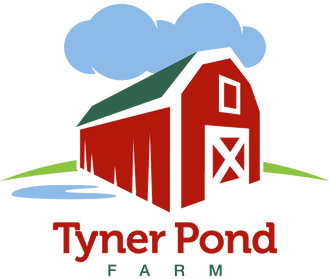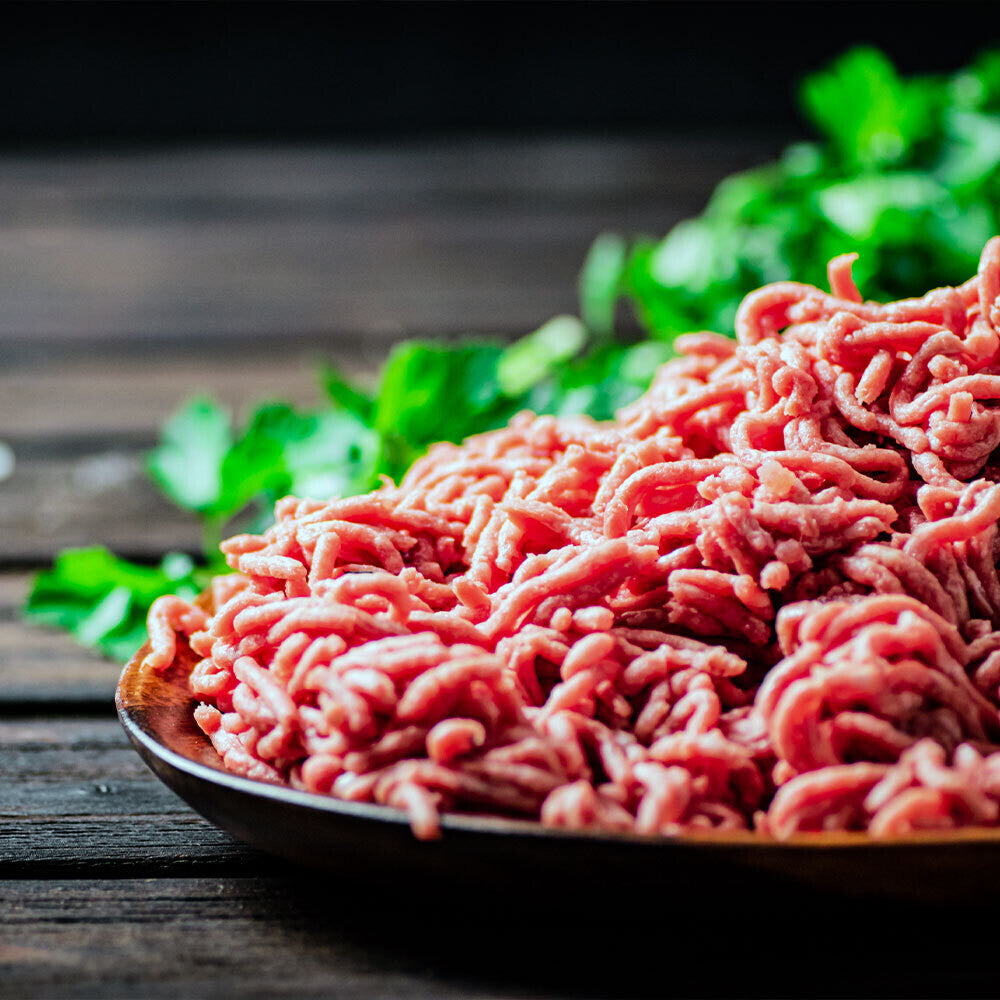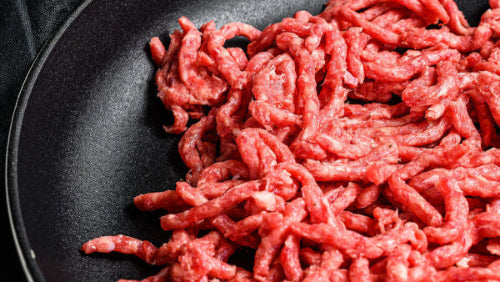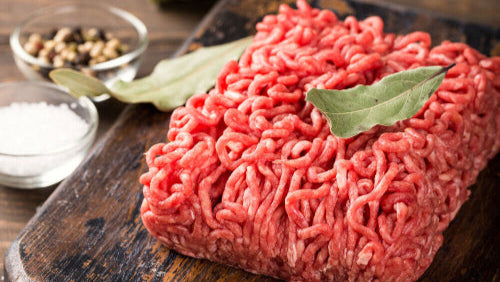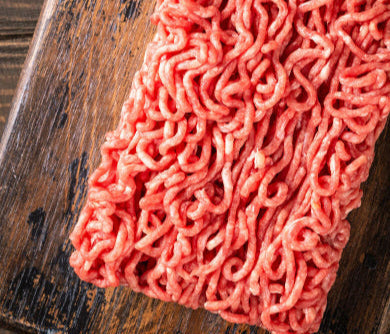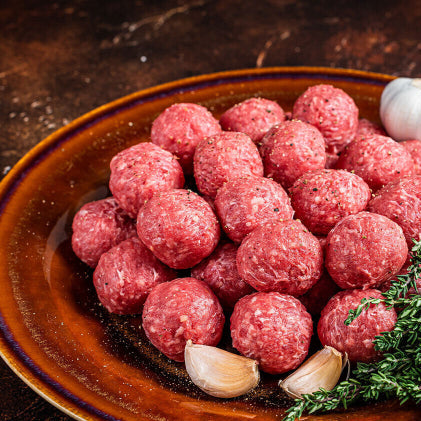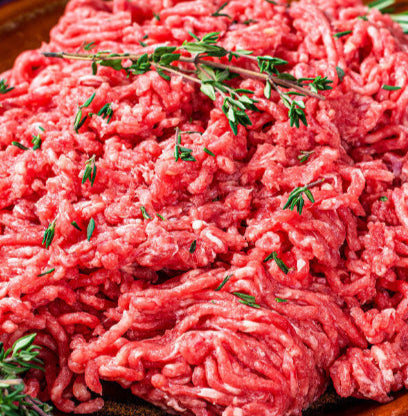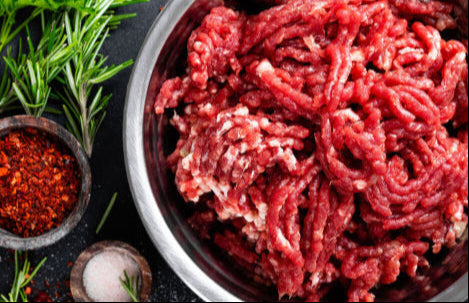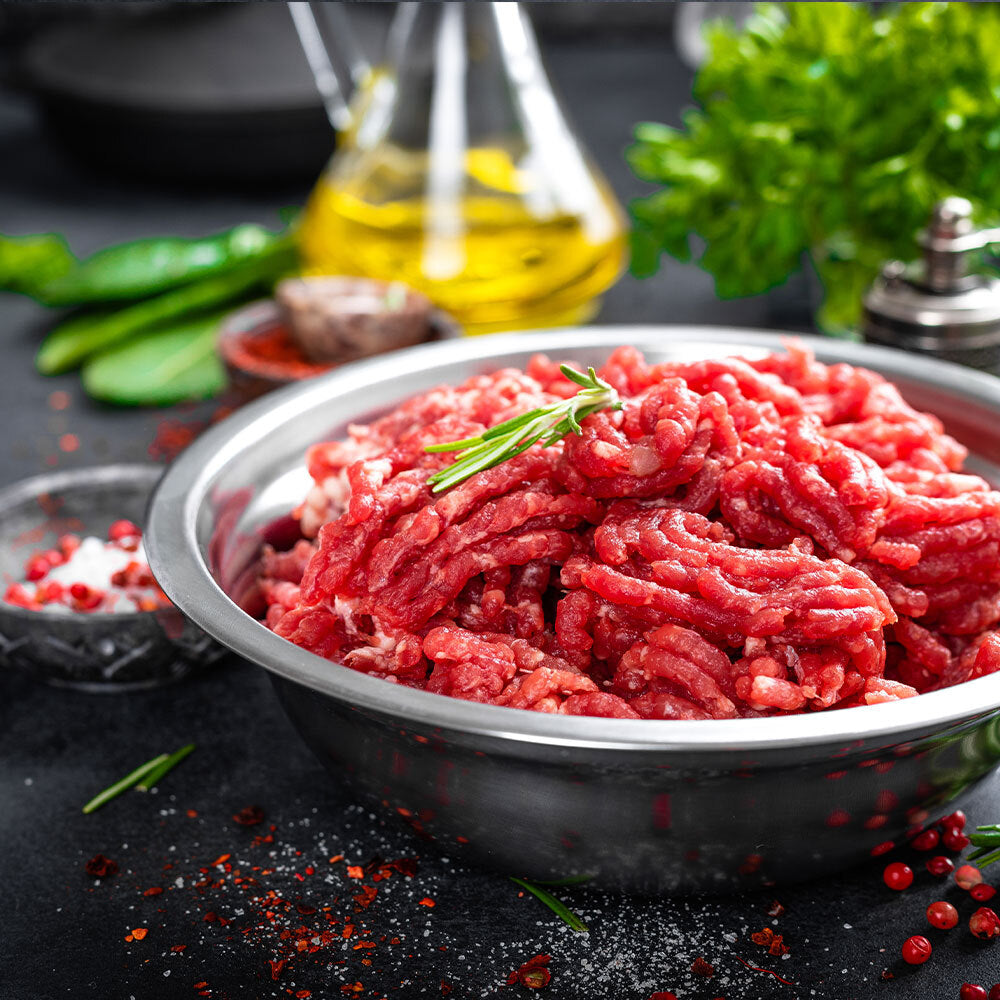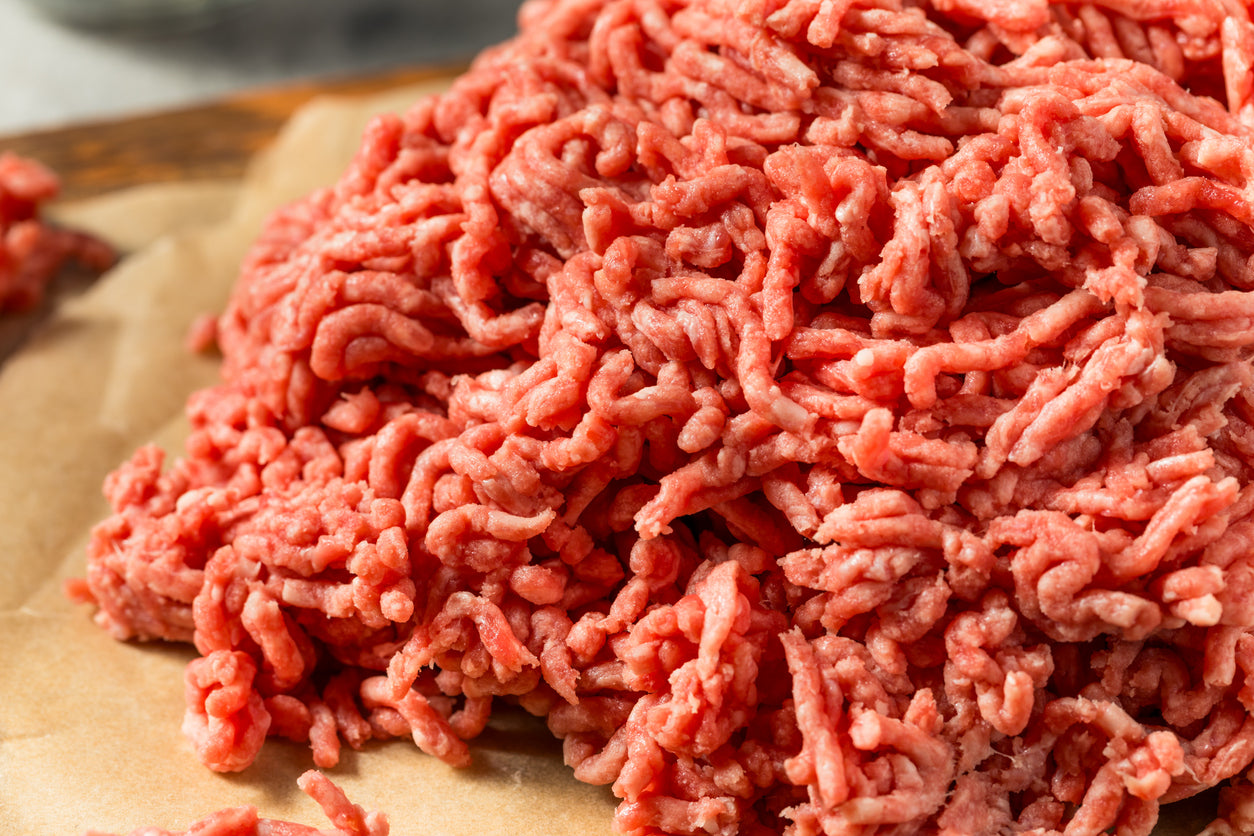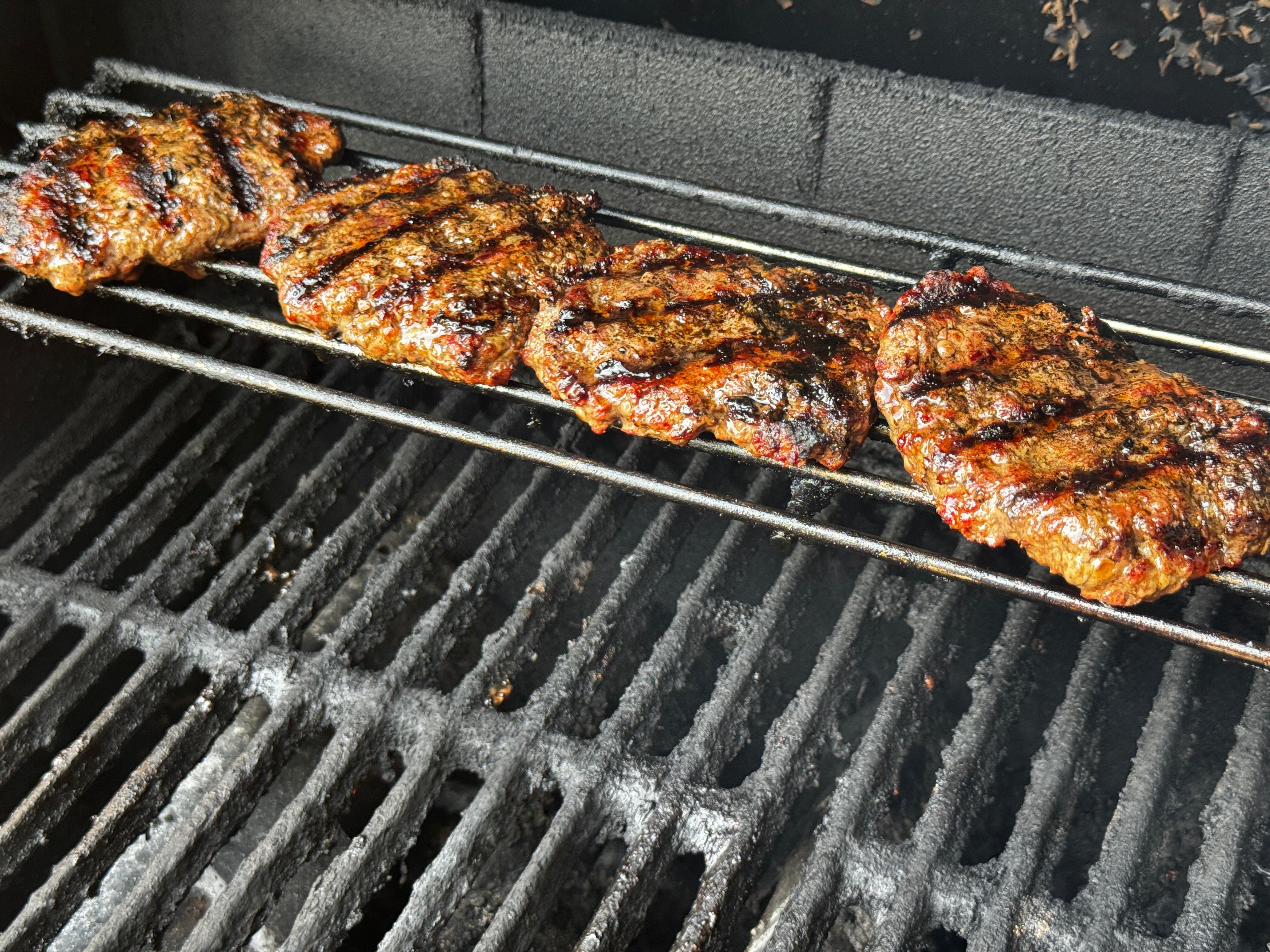
Dry Brine Your Tyner Pond Farm Turkey
Why Dry-Brine Your Tyner Pond Farm Turkey.
 Dry brining - salting raw turkey - thanksgiving turkey
Thanksgiving isn't just another meal; it's THE meal for many American families. If you're preparing one of our pasture-raised turkeys, you're making a choice for quality. Keep in mind,these birds, raised on our open pastures, aren't like the industrial Butterballs you might find at the grocery store.
Because of their active, natural upbringing, their fat complexity and muscle structure is different, leading to a superior taste and texture. This means they can cook a bit differently. To get the best out of them, we recommend a dry brine recipe. It complements the natural flavors and ensures your bird is seasoned to perfection, making your Thanksgiving centerpiece truly stand out.
Dry brining - salting raw turkey - thanksgiving turkey
Thanksgiving isn't just another meal; it's THE meal for many American families. If you're preparing one of our pasture-raised turkeys, you're making a choice for quality. Keep in mind,these birds, raised on our open pastures, aren't like the industrial Butterballs you might find at the grocery store.
Because of their active, natural upbringing, their fat complexity and muscle structure is different, leading to a superior taste and texture. This means they can cook a bit differently. To get the best out of them, we recommend a dry brine recipe. It complements the natural flavors and ensures your bird is seasoned to perfection, making your Thanksgiving centerpiece truly stand out.
Yield: 12 to 14 servings
Ingredients:
- 1 (12-16 pound) Tyner Pond Farm pasture-raised turkey
- Kosher salt for dry-brining
- 1 tablespoon black pepper, divided
- 10 sprigs fresh thyme
- ½ bunch flat-leaf parsley
- 2 small onions, halved
- 2 small apples, cored and halved
- ½ cup unsalted butter, softened
- 2 cups white wine (see notes)
Instructions:
- Prep (Two Days Before): Pat the farm turkey dry after rinsing. Generously rub with kosher salt, ensuring to get under the skin and inside the cavities. Aim for about 1 tablespoon per 4 pounds of turkey.
- Secure the farm turkey inside a large plastic bag and refrigerate. On the day before serving, flip the turkey in the bag. A couple of hours prior to roasting, remove from the bag, pat dry, and let it sit in a roasting pan until it reaches room temperature.
- Fill & Truss: Preheat your oven to 450°F. Season the turkey's main cavity with half of the black pepper, then stuff with thyme, parsley, one onion, and one apple. Secure the legs with kitchen twine. Place the remaining onion and apple in the neck cavity, folding the neck skin underneath the turkey.
- Gently slide softened butter under the breast skin and massage onto the thigh meat. Sprinkle the exterior with the remaining black pepper.
- Initial Roast: Roast the turkey at 450°F for 30 minutes. Afterwards, decrease the temperature to 350°F. Shield the breast and wing tips with foil. Pour 1½ cups of white wine (or water) into the roasting pan. Continue to roast, approximating 12 minutes per pound for an unstuffed turkey. Remove the foil during the last 30 minutes for a golden-brown finish.
- Check Doneness: After about 2 hours, check the turkey's internal temperature. Insert a digital thermometer into the thickest part of the thigh, avoiding bone. Aim for approximately 160°F.
- Rest the Turkey: Once roasted, tilt the turkey so its juices flow into the pan. Transfer the turkey to a separate dish, cover with foil and a damp cloth, and let it rest for a minimum of 30 minutes.
- Drippings & Deglazing: Transfer the pan's drippings to a measuring cup. Use ½ cup of white wine (or broth) to deglaze the pan, and add this to the drippings. Use this flavorful mixture for your gravy.
 Finished Pasture Raised Turkey
Finished Pasture Raised Turkey
Tags:
Previous post
Taking Charge of Your Dairy Decisions: Understanding A2/A2 Milk
Next post
